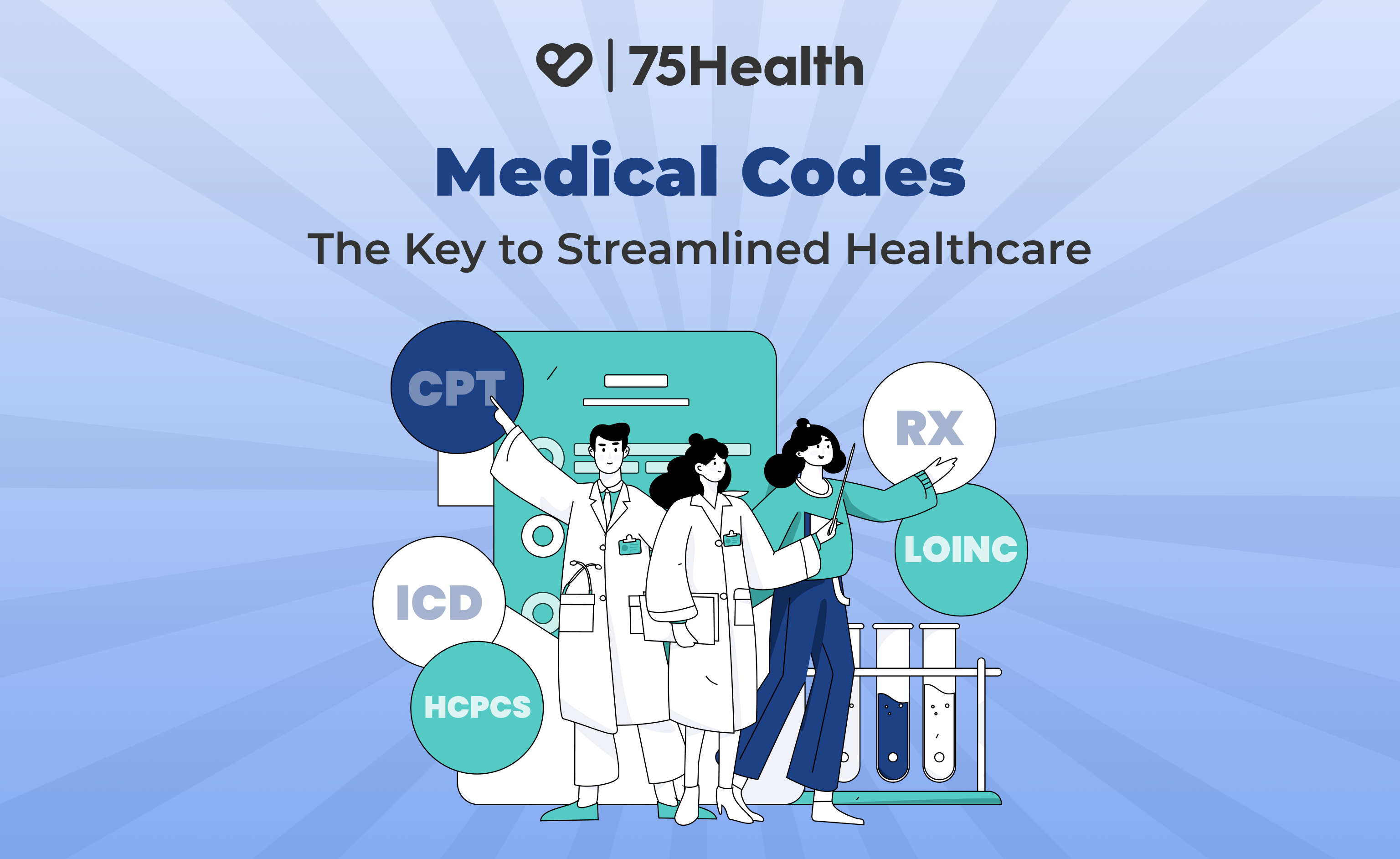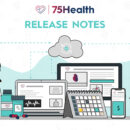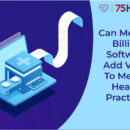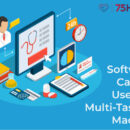What is Telehealth? Myths, Facts, and Everything You Need to Know
In this digital world, healthcare has moved beyond the walls of hospitals and clinics. Telehealth, once seen as a futuristic concept and is now a trusted bridge between doctors and patients. But despite its growing use, there are still many misconceptions surrounding what Telehealth truly is and how it works.
Let’s clear the air and explore what Telehealth actually means, along with the common myths people often believe.
What is Telehealth?
Telehealth simply means delivering healthcare remotely.
Many people think Telehealth is simply a video consultation but in reality, it includes much more…
From online visits and digital prescriptions to remote monitoring, secure messaging, and virtual follow-ups, Telehealth makes healthcare accessible anytime, anywhere.
It’s designed to bring convenience to both patients and doctors, helping doctors provide timely care and patients receive treatment without the hassle of travel or waiting rooms.
Common Misconceptions About Telehealth
Even though Telehealth has transformed the healthcare experience, several myths still make people hesitant to embrace it. Let’s debunk a few of them:
Myth 1: Telehealth is only for emergencies
In reality, Telehealth is for everyday care. From follow-ups and medication reviews to chronic condition management. It helps maintain consistent doctor-patient communication even between appointments.
Myth 2: It’s less effective than in-person visits
Many believe virtual care can’t match in-person consultation quality. But with the right tools, Telehealth enables doctors to access patient records, share test results, and make informed decisions, just like they would face-to-face.
Myth 3: It’s too complicated for patients
Telehealth features within 75Health EHR are designed to be simple and intuitive, ensuring a smooth experience for everyone, even those who aren’t tech-savvy. All you need is a smartphone or computer with an internet connection, no special setup or advanced technical skills required.
Myth 4: Telehealth isn’t secure
Security is one of the top priorities in modern Telehealth systems. Advanced encryption and privacy standards ensure that patient data remains safe, just as it would in traditional healthcare settings.
Myth 5: Doctors can’t build real connections through Telehealth
Virtual care doesn’t mean impersonal care. In fact, many patients find it easier to open up in the comfort of their own space. The convenience often leads to more consistent communication and stronger engagement.
Why Telehealth Matters Today
In a fast-moving world where time is precious, Telehealth ensures that healthcare doesn’t pause.
It’s a lifeline for rural areas, a comfort for busy professionals, and a trusted channel for patients who need ongoing monitoring.
Conclusion
Telehealth isn’t just an option anymore, it’s the future of healthcare, unfolding now.
And understanding it the right way helps both patients and doctors make the most of its potential.
At 75Health, we make Telehealth simple, secure, and seamless — helping you connect with care, anytime, anywhere.






